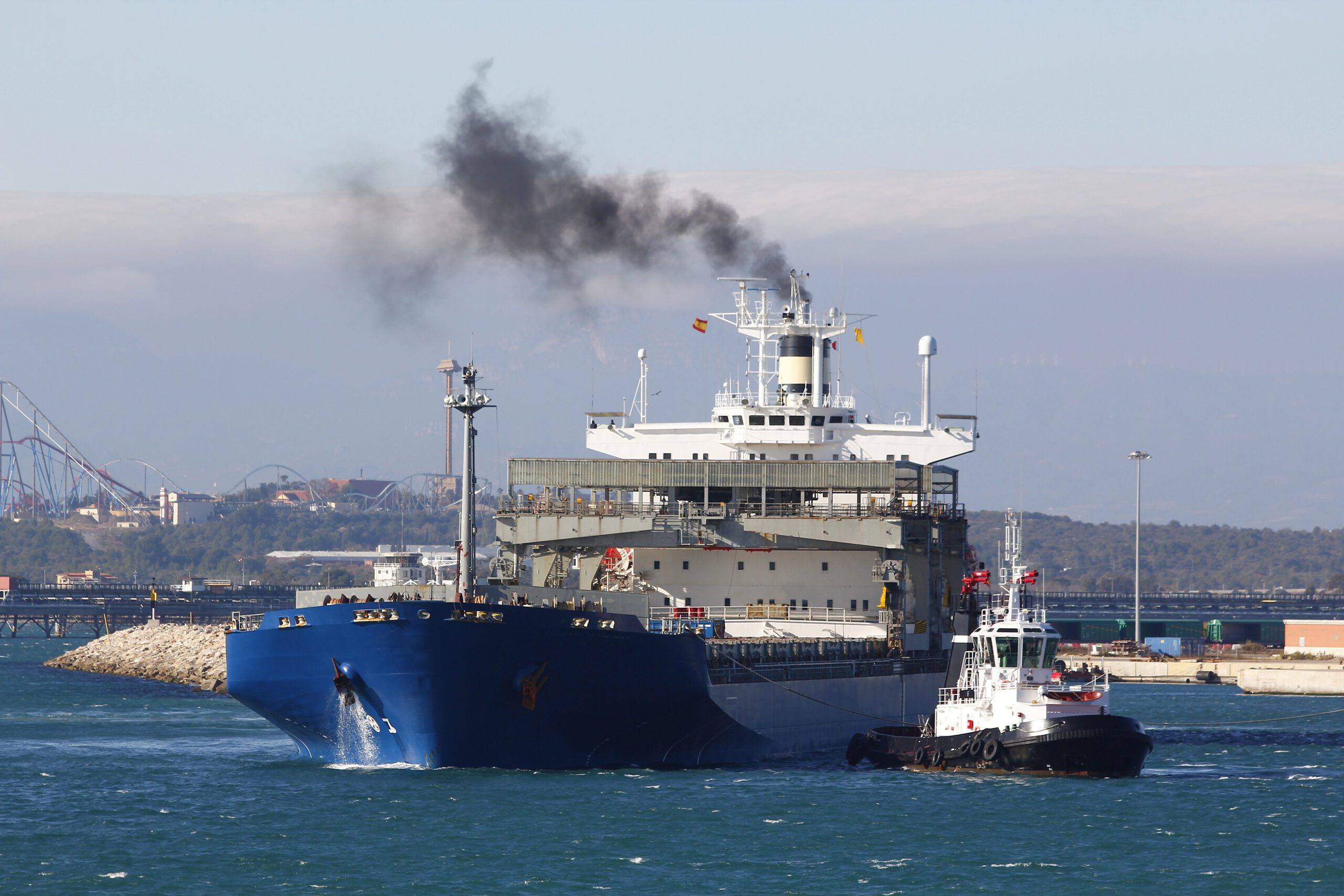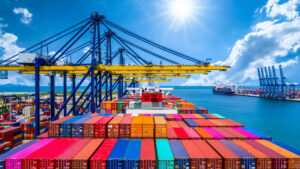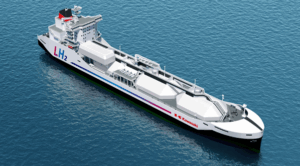A team of researchers from Massachusetts Institute of Technology (MIT) caution that burning ammonia for maritime fuel could worsen air quality further and lead to devastating public health impacts, unless it is adopted alongside strengthened emissions regulations.
Ammonia combustion generates nitrous oxide (N2O), a greenhouse gas that is about 300 times more potent than carbon dioxide, the new study points out.
It also emits nitrogen in the form of nitrogen oxides (NO and NO2, referred to as NOx), and unburnt ammonia may slip out, which eventually forms fine particulate matter in the atmosphere.
These tiny particles can be inhaled deep into the lungs, causing health problems like heart attacks, strokes, and asthma, according to the MIT study.
The new study indicates that, under current legislation, switching the global fleet to ammonia fuel could cause up to about 600,000 additional premature deaths each year.
However, with stronger regulations and cleaner engine technology, the switch could lead to about 66,000 fewer premature deaths than currently caused by maritime shipping emissions, with far less impact on global warming.
“Not all climate solutions are created equal. There is almost always some price to pay. We have to take a more holistic approach and consider all the costs and benefits of different climate solutions, rather than just their potential to decarbonize,” said Anthony Wong, a postdoc in the MIT Center for Global Change Science and lead author of the study.
Professors and research scientists from Imperial College London, University of Orléans in France, Hong Kong University of Science and Technology, as well as an MIT professor in the Institute for Data, Systems, and Society and the Department of Earth, Atmospheric and Planetary Sciences (EAPS) and a research scientist in the MIT Department of Aeronautics and Astronautics, also participated in the study.
The researchers designed scenarios to measure how pollutant impacts change under certain technology and policy assumptions.
From a technological point of view, they considered two ship engines. The first burns pure ammonia, which generates higher levels of unburnt ammonia but emits fewer nitrogen oxides. The second engine technology involves mixing ammonia with hydrogen to improve combustion and optimize the performance of a catalytic converter, which controls both nitrogen oxides and unburnt ammonia pollution.
They also considered three policy scenarios: current regulations, which only limit NOx emissions in some parts of the world; a scenario that adds ammonia emission limits over North America and Western Europe; and a scenario that adds global limits on ammonia and NOx emissions.
The researchers used a ship track model to calculate how pollutant emissions change under each scenario and then fed the results into an air quality model. The air quality model calculates the impact of ship emissions on particulate matter and ozone pollution. Finally, they estimated the effects on global public health.
In the end, they found that with no new regulations and ship engines that burn pure ammonia, switching the entire fleet would cause 681,000 additional premature deaths each year.
“While a scenario with no new regulations is not very realistic, it serves as a good warning of how dangerous ammonia emissions could be. And unlike NOx, ammonia emissions from shipping are currently unregulated,” Wong says.
However, even without new regulations, using cleaner engine technology would cut the number of premature deaths down to about 80,000, which is about 20,000 fewer than are currently attributed to maritime shipping emissions.
“With stronger global regulations and cleaner engine technology, the number of people killed by air pollution from shipping could be reduced by about 66,000,” the study added.
Source: Massachusetts Institute of Technology (MIT)



